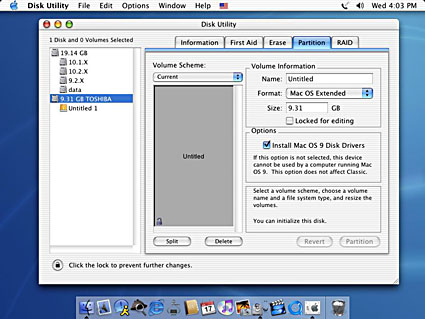

That might sound like a lot, but it's actually a pretty simple process.īoth Windows and macOS include built-in tools to work with file volumes and partitions.

Whatever your reasons for resetting a bootable USB, you'll need to reformat the drive, clear the current files from it, and create new partitions. (Maybe the drive is a really cool custom USB drive that you just can't bear to part with!) You might choose to install a different OS on your bootable USB, or you might decide that you want to turn it back into a standard flash drive. The main reason to reset a bootable USB is that you need the flash drive for something else. Today, we're going to show you the opposite process: how to reset a bootable USB and turn it into a USB flash drive with a clean slate. In another article, we showed you how to create a bootable USB drive. Or you might take it with you so you always have access to your favorite OS and applications, even when you're using an unfamiliar computer. You might use a bootable USB to do a system recovery in an emergency or store a backup image of your disk drive. A bootable USB packs an entire operating system onto a single USB flash drive, along with the necessary files for basic tasks. there are of course other filesystems available.The bootable USB drive is one of the most useful low cost tools in IT today. there are of course other filesystems available. I decided to use ExFAT, and name the drive USB64:ĭiskutil eraseDisk ExFAT USB64 /dev/disk4Ģ: Microsoft Basic Data USB64 62.5 GB disk4s2Īnd now I have a fully working USB drive again! At this stage, you won't see it showing in the Disk Utility program, but fortunately formatting it is trivial. it now has a partitioning scheme MacOs can work with.

To erase the device completely, I just ran: I think the problem is the partitioning scheme. My USB drive shows up in "diskutil list" as: Found the answer - diskutil at the command line.


 0 kommentar(er)
0 kommentar(er)
